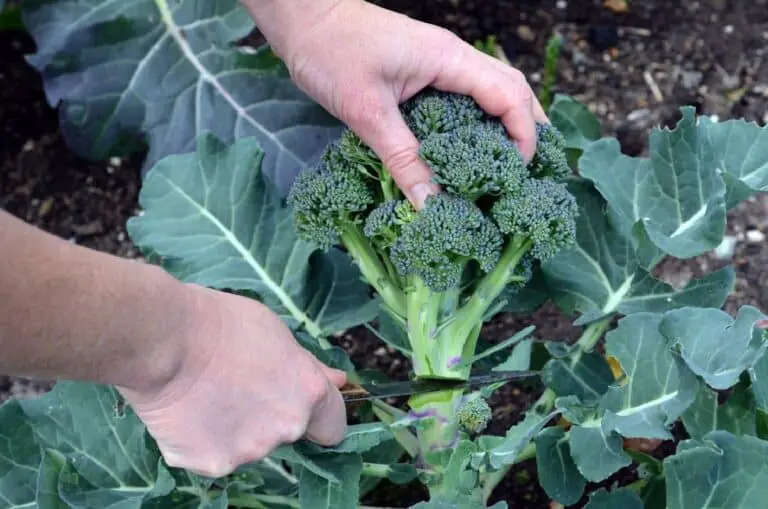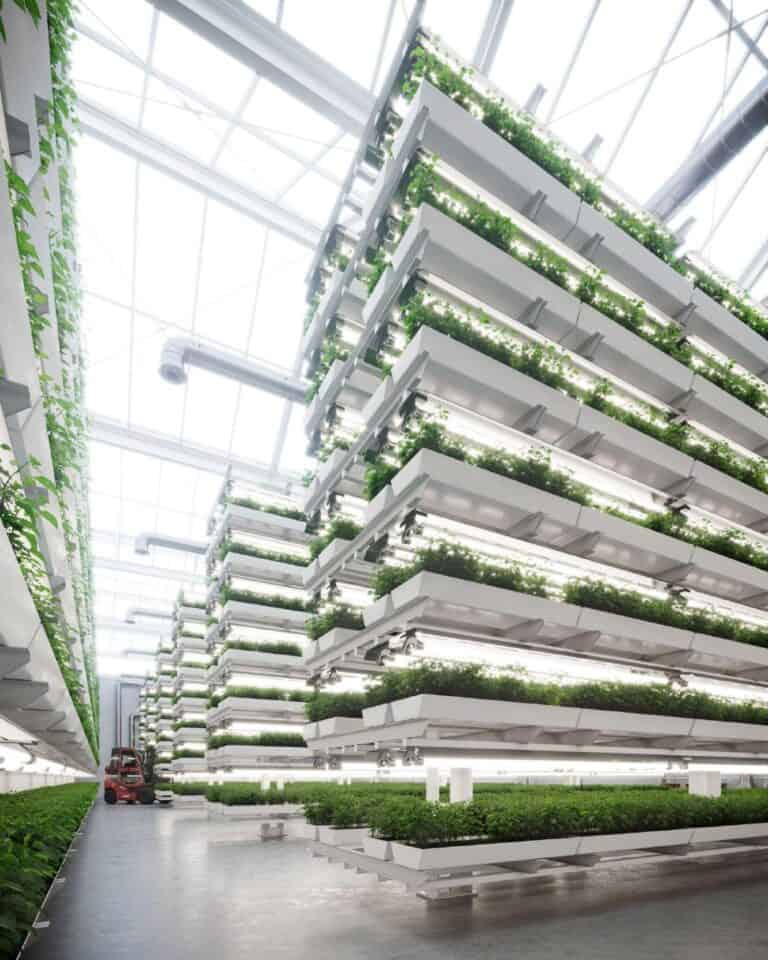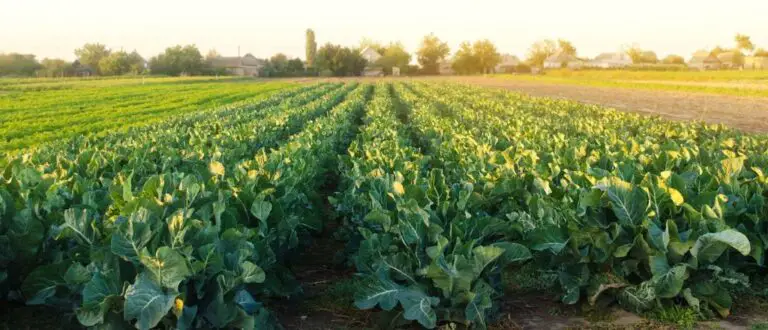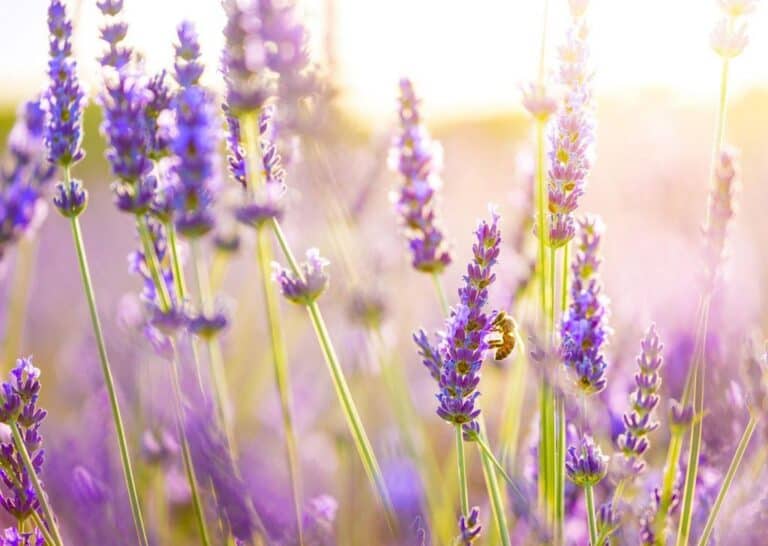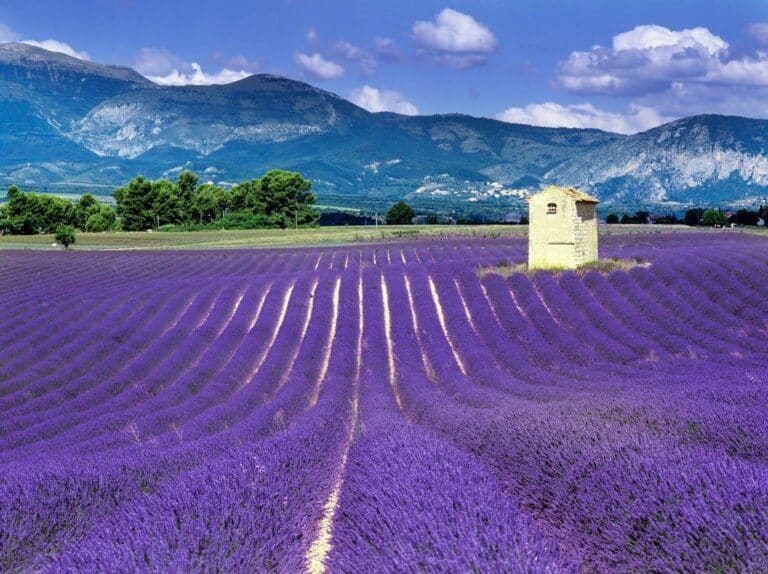How to Identify Male and Female Watermelon Flowers: Spotting the Difference
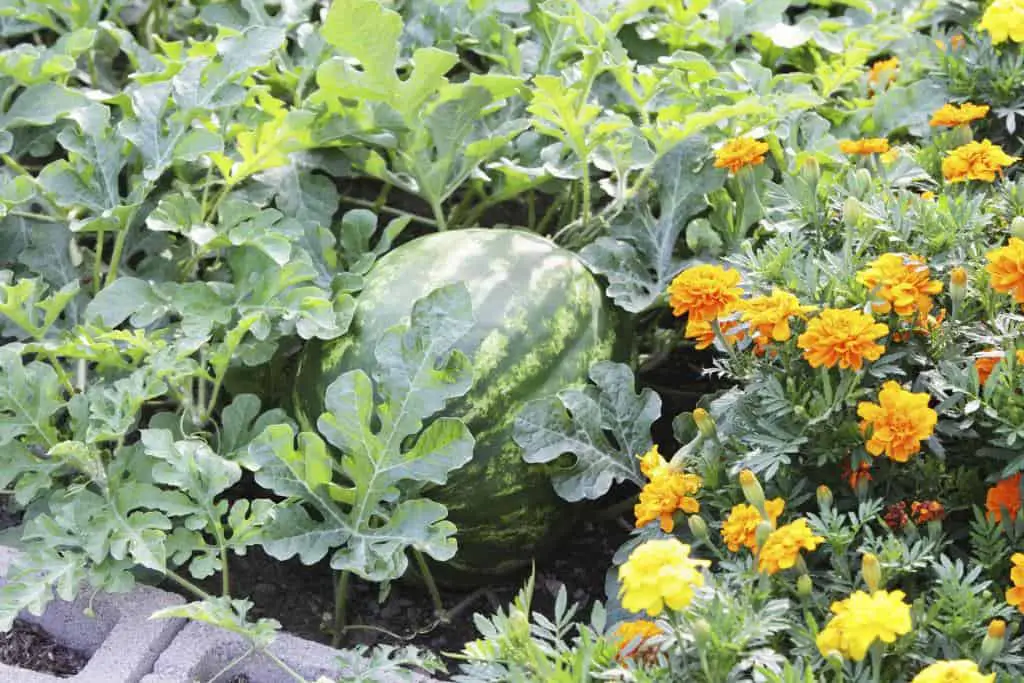
Watermelons, with their succulent, sweet flesh and refreshing taste, are a beloved staple of summer. As any gardener knows, understanding the intricacies of the plant is crucial for successful cultivation. One key aspect of watermelon cultivation is understanding how to differentiate between male and female flowers.
This knowledge is essential for ensuring optimal pollination and the eventual growth of those delicious fruits. In this guide, we’ll delve into the world of watermelon flowers and help you become adept at identifying the subtle disparities between the male and female blooms.
Join us on a voyage through the verdant realm of watermelon flowers as we unravel the captivating secrets behind spotting the disparity between the male and female blooms, unveiling the art of nurturing these botanical wonders into delicious fruition.
The Anatomy of Watermelon Flowers
Before we dive into the specifics of identifying male and female flowers, let’s take a moment to understand the basic anatomy of these delicate blooms.

The flower on the left is a male flower and on the right is the female flower with the ovary behind it that will become a watermelon once pollinated. Once the bulb reaches golf ball size pollination had been successful and a full size watermelon will develop in around 35 days.
Male Watermelon Flowers
The male flowers, typically more abundant than their female counterparts, play a crucial role in the pollination process. These flowers usually appear first, paving the way for the eventual growth of the luscious watermelon fruit. Identifying male watermelon flowers is relatively straightforward:
| Characteristics of Male Watermelon Flowers |
| 1. They typically grow on long, thin stems. |
| 2. Lack a swollen base, resembling a slender tube. |
| 3. They tend to be smaller and less prominent compared to female flowers. |
| 4. Feature a prominent stamen in the center, covered in pollen. |
Female Watermelon Flowers
The female flowers, vital for the actual formation of the watermelon fruit, exhibit distinct characteristics that differ from their male counterparts. Identifying female watermelon flowers involves paying attention to subtle details:
| Characteristics of Female Watermelon Flowers |
| 1. Grow closer to the main stem of the plant. |
| 2. Possess a swollen embryonic fruit at the base, resembling a miniature watermelon. |
| 3. They tend to be larger and more vibrant compared to the male flowers. |
| 4. Have a stigma in the center, ready to receive pollen for fertilization. |
Techniques to Identify Male and Female Watermelon Flowers
Now that we understand the fundamental features of both male and female watermelon flowers, let’s explore some practical techniques to help you easily distinguish between the two.
- Close Observation: Spend time regularly inspecting your watermelon plants. Look for the subtle differences in size, location, and structure of the flowers.
- Timing: Note the timing of the appearance of each type of flower. Male flowers typically emerge earlier than their female counterparts. Female watermelon flowers don’t open for very long, typically only one morning, so it helps to identify them as soon as they appear and be prepared to service them as soon as they are ready
- Pollination Process: Understand the pollination process to appreciate the significance of each type of flower. Male flowers play a crucial role in pollinating the female flowers, leading to fruit development.
- Tactile Sensitivity: Gently touch the flowers to feel the differences in structure, particularly the swollen base of the female watermelon flowers.
Significance of Watermelon Flowers Identification
Understanding the distinction between male and female watermelon flowers isn’t just a matter of curiosity; it’s essential for successful cultivation. Here’s why it matters:
- Optimal Pollination: Correct identification makes sure that the pollination process goes smoothly, which results in more healthy, tasty watermelons.
- Fruit Development: Identifying female flowers enables you to monitor the progress of the fruit and intervene if necessary, ensuring the best conditions for healthy growth.
- Pest Control: Recognizing the different flower types aids in identifying potential issues like pest infestation or disease that may affect the plants differently based on gender.
Can Watermelon Flowers Change Their Gender During Growth?
Watermelon flowers, once they’ve established their gender, remain steadfast in that role throughout their life cycle. This means that if a flower starts as a male, it will continue to be male, and if it’s female from the start, it remains female. This characteristic is a fundamental aspect of watermelon plant biology.
Understanding the permanence of gender in watermelon flowers is essential for growers. It ensures that you can rely on the initial identification of the flower’s gender to predict its role in the pollination process accurately.
Consequently, you can effectively manage your garden or farm, facilitating successful fruit development by acknowledging and working with the inherent gender of each flower, whether male or female.
Hand-Pollination Techniques for Watermelon Plants
Hand-pollination is a useful technique for watermelon plants, particularly when natural pollinators are scarce. By manually transferring pollen from male to female flowers, you can ensure a better fruit set and larger yields. Here’s a step-by-step guide to successful hand-pollination:
1. Identify Male and Female Flowers:
Begin by distinguishing male and female watermelon flowers. Male flowers possess long, slender stems with pollen-bearing anthers, while female flowers feature a miniature fruit at the base with a stigma for receiving pollen.
2. Collect Pollen:
Gently pluck a mature male flower in the morning, when the pollen is most abundant. It should release a cloud of yellow pollen when tapped.
3. Transfer Pollen:
Carefully touch the male flower’s anthers to the stigma of the female flower, ensuring thorough coverage. This mimics the natural process of pollination.
Hand-pollination increases the chances of fruit development in watermelon plants, especially in greenhouses or when pollinators are scarce. It’s a straightforward process that can significantly improve your harvest.
Conclusion
Mastering the art of identifying male and female watermelon flowers is a vital skill for any dedicated gardener or enthusiast. By paying attention to the subtle differences in structure, location, and timing of these blooms, you can ensure the optimal growth and development of your watermelon plants.
Keep in mind that this knowledge not only enhances your gardening skills but also serves as a foundation for fostering a deeper connection with the intricate world of horticulture. So, the next time you admire your flourishing watermelon plants, take a moment to appreciate the beauty and significance of these distinct, yet complementary, male and female flowers.
FAQs on Male and Female Watermelon Flowers
Why is it essential to identify male and female watermelon flowers?
Distinguishing between male and female watermelon flowers is crucial for successful pollination, which directly impacts fruit production. Knowing the gender of the flowers helps ensure proper fertilization and increased yield.
What is the primary difference between male and female watermelon flowers?
The main difference lies in the flower’s reproductive organs. Male flowers have stamens that produce pollen, while female flowers have pistils, which receive pollen for fruit development.
Are there specific care requirements for male and female watermelon flowers?
Both male and female flowers benefit from similar care, but female flowers may require extra protection to prevent pest damage since they develop into fruit. Adequate pollinators are necessary for both genders.
How can I prevent cross-pollination between male and female watermelon flowers?
To prevent cross-pollination and maintain genetic purity, gardeners can employ isolation techniques such as bagging, using netting, or timing pollination to ensure that only desired pollen reaches female flowers.
Are there any special care requirements for male or female flowers on watermelon plants?
Both male and female flowers benefit from similar care. However, female flowers may need extra protection to prevent pest damage, as they develop into fruit. Adequate pollinators are essential for both.


